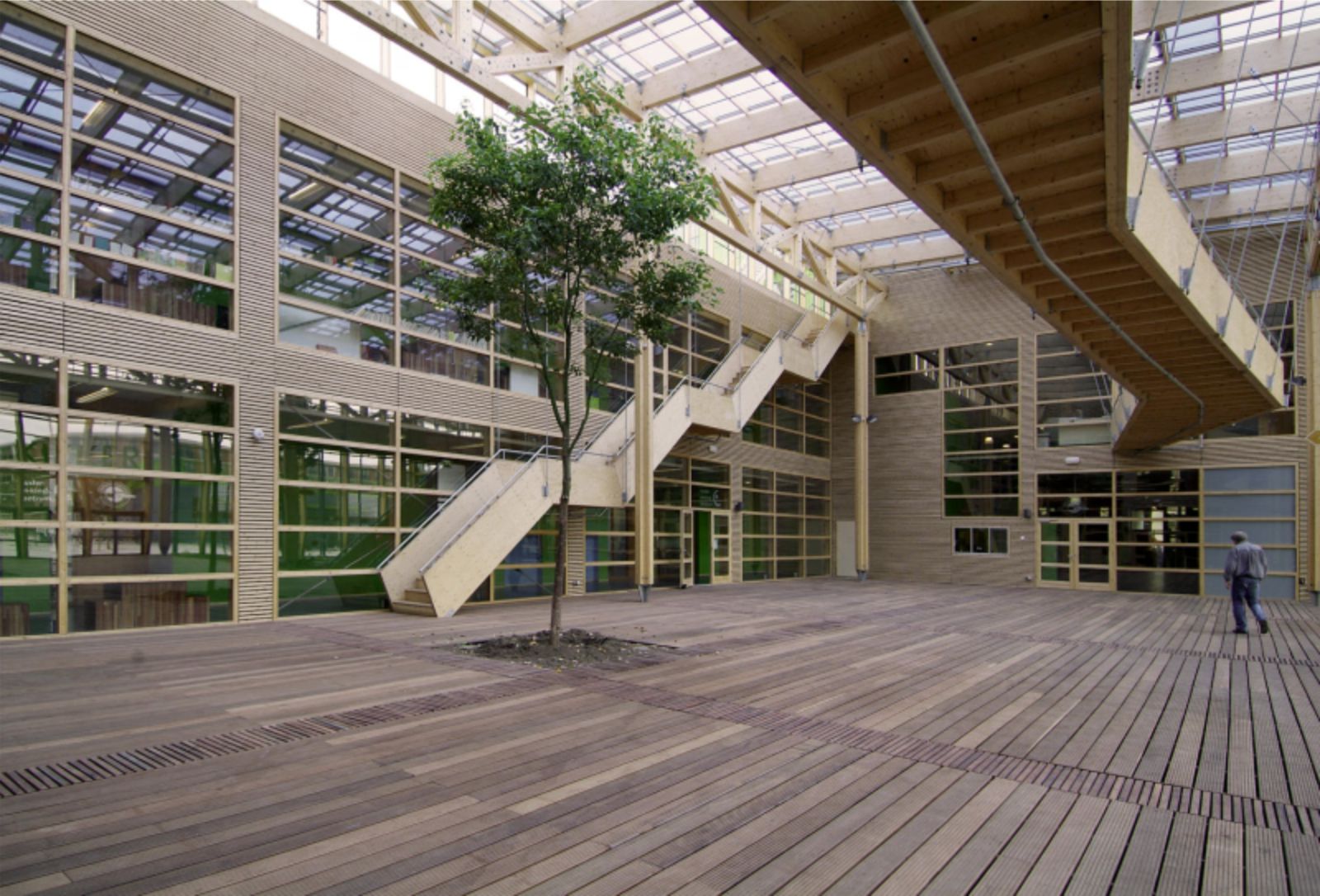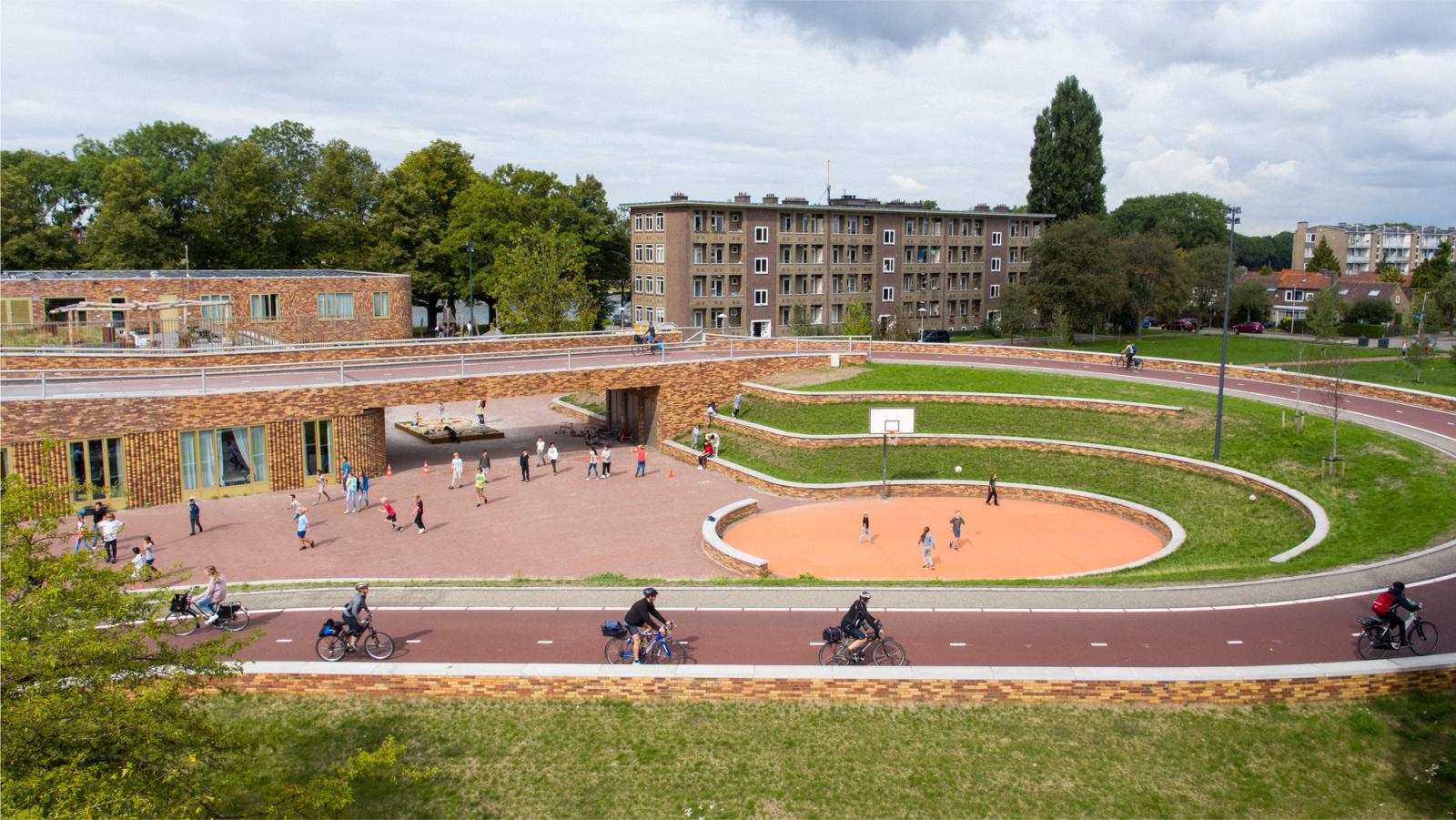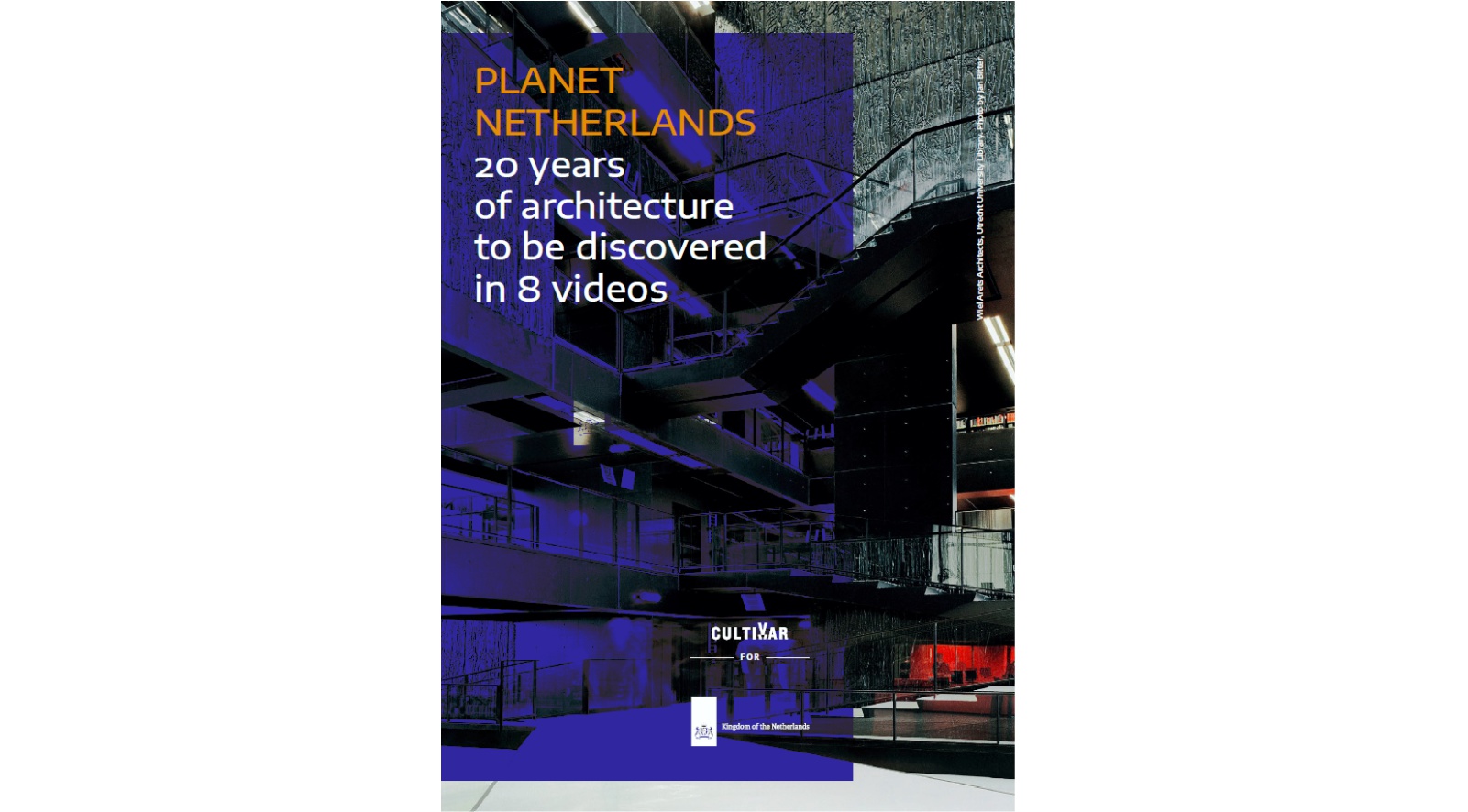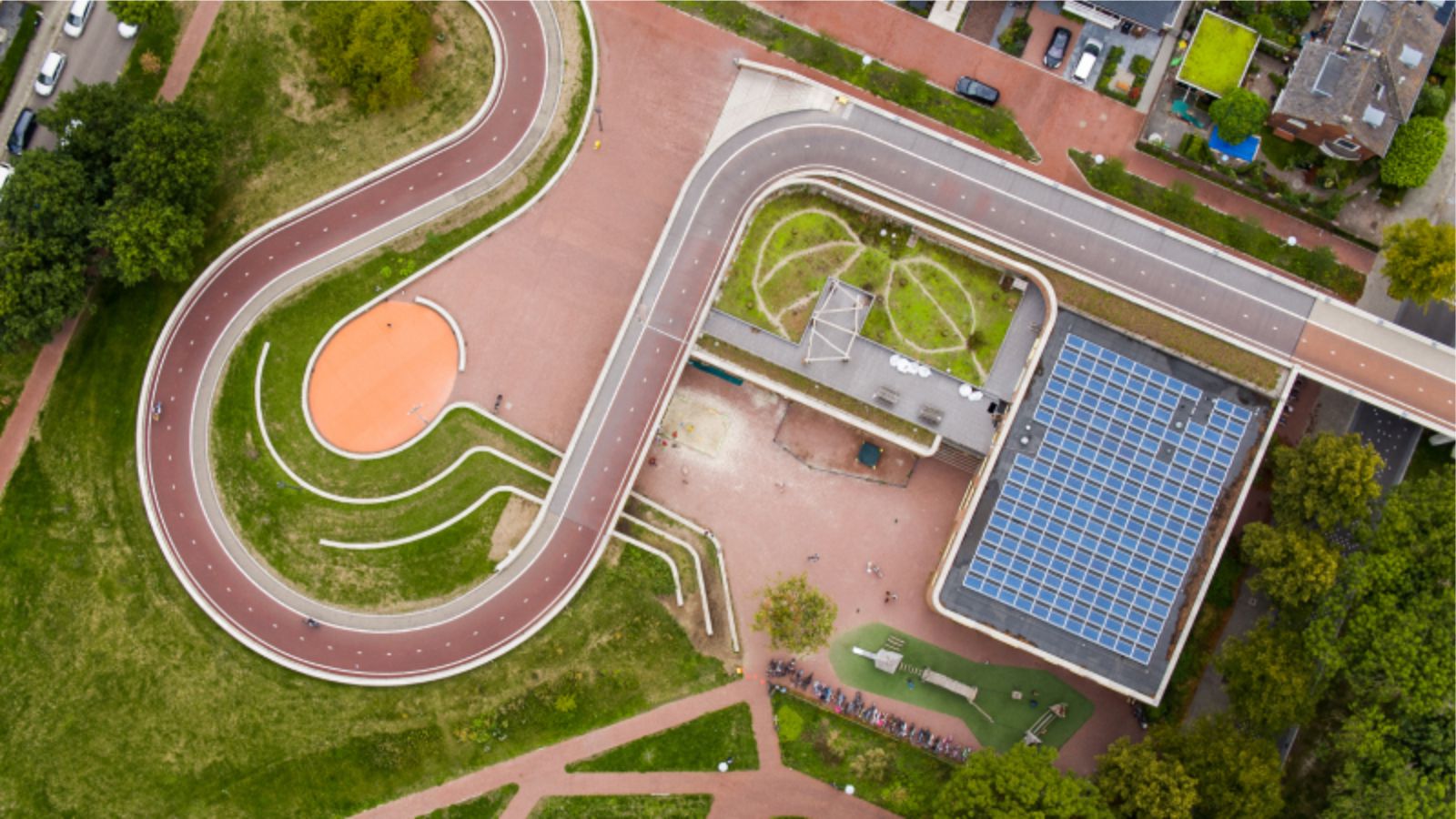Eight appointments with architecture -promoted by the Embassy and the General Consulate of the Kingdom of the Netherlands in Italy and produced in collaboration with The Architecture Player compose a unique program of videos and short-films that will be shown in the social media profiles of the Embassy (#Olandiamo) for eight weeks starting from June 22nd until August 15th 2020.
The research of the architects selected for this program, all based in the Netherlands, is told through an unusual itinerary, in which one can admire works ranging from private residences, to projects for public space, to institutional buildings. The search for new solutions for inhabiting the domestic space, the city, the planet characterizes the projects narrated in the films from which stories and ideas of architecture are unravelled over a period of time corresponding to the last 20 years.
The selected works also express the desire to share the idea of the project and to extend it to wider audiences, even outside the field of professional practice. Each project will be introduced through a variety of documents and reports. A series of exclusive conversations, conducted by Marco Brizzi, with selected architects – including Liesbeth van der Pol, Nathalie de Vries, Maurice Nio, Kees Kaan, Ellen van Loon, Marijn Schenk– will offer new insights into the research of some of the most interesting architects working in the Netherlands.
All selected works reveal an experimental attitude. See for example the Moebius House built by UNStudio UNStudio in 1998 and conceived in the form of a digital diagram to verify the possibility of a systematic use of the inhabited spaces over the course of 24 hours. Experimentation here is encouraged by a design culture that is open to research and constricted by less stringent regulations than those present in Italy, for example.
This is evident in the surprising bus station built in polystyrene and polyester by architect Maurice Nio in front of the Hoofddorp hospital in 2003. It is here introduced through the 50 Shades of White short film, made by Maurice Nio himself by manipulating television images. The architectures featured in Planet Netherlands demonstrate a sustained awareness of the civic role fulfilled by public buildings, their ability to offer a sense of accessibility, interaction and belonging.
This can be read for example in the film Today, directed by Marcel IJzerman and dedicated to the recovery of the Provinciehuis of North Brabant, built in 1971 by architect Hugh Maaskant and renovated in 2015 by Kaan Architecten. The same penchant can be found in the Community School designed by Dok Architecten in 2006 in Amsterdam Osdorp, as part of an extensive twenty-year transformation program brilliantly outlined in the short film that Martijn Hogenkamp (PlusOne) directed in 2010.

Nio Architecten – The Amazing Whale Jaw – Photo by Radek Brunecky 
OMA AMO – PHX -Image © Tegmark
Here the school, characterized by a bright green color, is deformed to the point of becoming a spherical building, perhaps symbolizing the central role now held by the school in the neighborhood. And certainly very strong is the sense of aesthetic and perceptive attraction offered by the new Utrecht University Library, designed by Wiel Arets Architects and completed in 2004, narrated by Factordrie in a film shot during construction in the presence of a group of dancers who measure its spatiality with their steps, movements, and contacts
with the harsh surfaces.
The capacity of the audiovisual medium to inspire visions that also encompass the large urban and territorial scale can be found, for example, in the Freeland project, proposed by MVRDV in 2011 as a strategy developed for the Almere 2030 planning program. It describes an urban environment with low population density, built on a radical rethinking of the way of inhabiting collective space that celebrates a renewed individual freedom.
The theoretical speculation and the impetus towards new ideas for living on the planet correspond, both in the work of MVRDV and in the work of other architects, to very tangible works, which combine environmental and infrastructural issues. This is the case of the Dafne Schippers Bridge, a work by NEXT Architects for Oog in Al, Utrecht, in which a bicycle and pedestrian path are part of a very coherent system where a school and park also fit in.
A short film is also the main element describing the PXP project that OMA/AMO created in order to participate in the 2016 competition organized by the municipality of Paris and by mayor Anne Hidalgo as part of the extensive Réinventer Paris program. Directed by Davide Rapp, the film PXP is a sophisticated and persuasive game of references to classic cinematic memories and sequences that contribute to highlight the theme of the project: an environment programmatically dedicated to life in shared spaces. Source and photos Courtesy of Cultivar.
- Instagram: @olandiamo
- Facebook: @olandiamo.in.italia
- Linkedin: @olandiamo-ambasciata-e-consolatogenerale-dei-paesi-bassi-in-italia
- Twitter: @Olandiamo

KAAN Architecten – Renovation of the Provinciehuis of North Brabant – Photo by Sebastian van Damme 
Dok architecten – Community School The Frog, Amsterdam – Parent Child Centre – Photo by Arjen Schmitz 
MVRDV – Freeland 
NEXT architects, Rudy Uytenhaak + Partners Architects – Dafne Schippers Bridge – Photo by Marcel IJzerman 
Nio Architecten – The Amazing Whale Jaw – Photo by Radek Brunecky 
OMA AMO – PHX -Image © Tegmark 
UNStudio – Möbius House – Photo by Christian Richters 
Wiel Arets Architects – Utrecht University Library – Photo by Mark Hadden 
OMA AMO – PHX -Image © Tegmark







